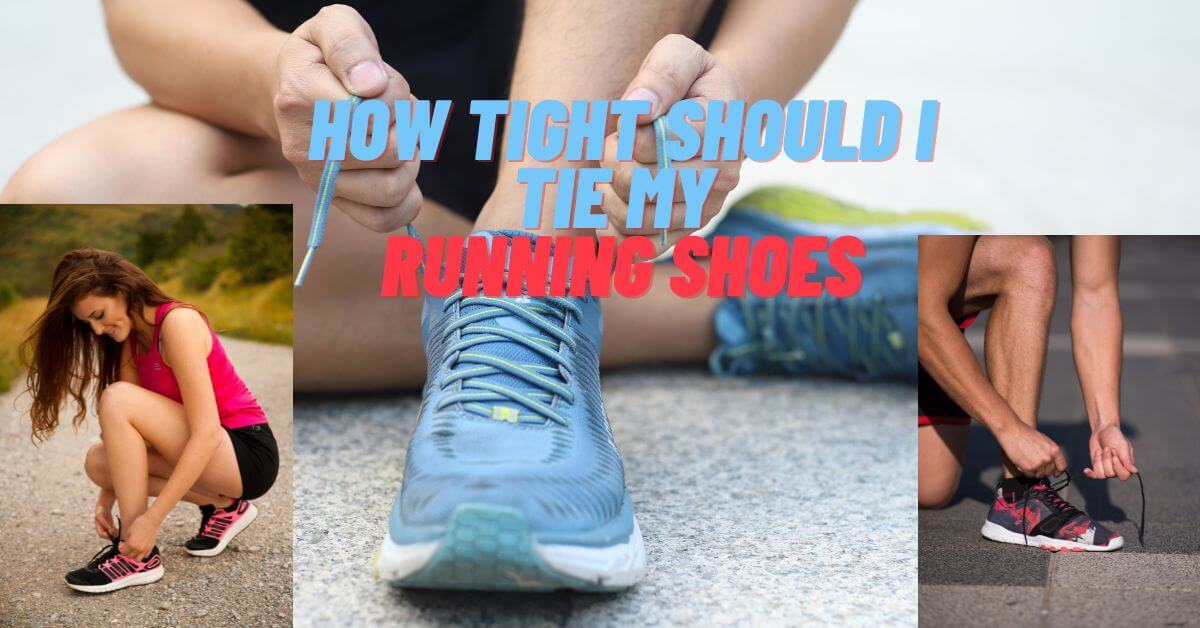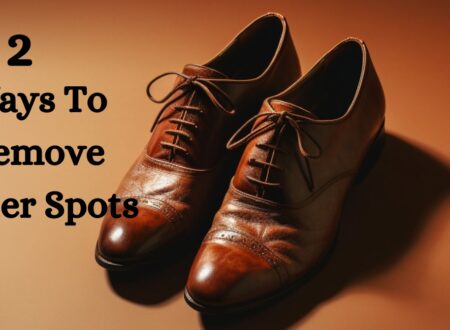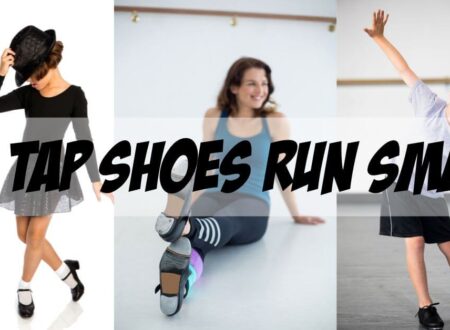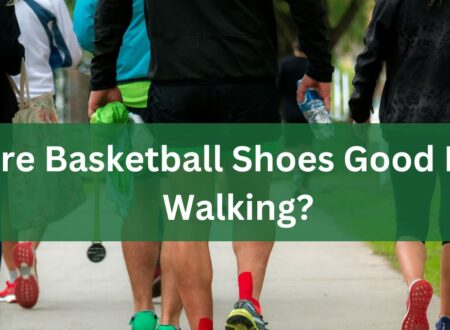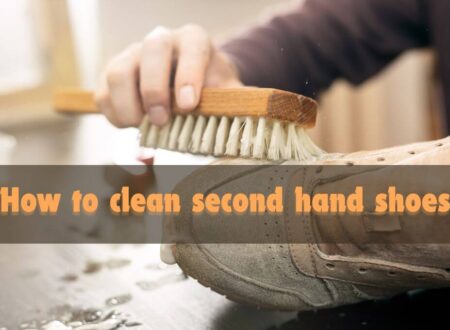Ever wondered “How tight should I tie my running shoes?” – well, you’re not alone. Many runners spend lots of time trying to find that perfect fit.
Your laces must be tight but not so much as to squeeze your foot. You know, it’s like a snug hug on the beach in winter; it holds you down without choking.
From personal experience, I can say that finding this balance is critical for both comfort and performance. Properly tied laces help keep blisters at bay and minimize injuries by holding your feet still while running.
It’s about being just right or what’s known as the Goldilocks zone. This article will delve deeper into how you can achieve this perfect fit and share some useful lacing techniques with you. So, let’s lace up and get ourselves a comfortable road and better runs!
Why Is Lacing Important?
Being a runner myself, one thing I have come to realize is that how someone can tie their shoes makes all the difference when it comes to running experiences.
Good lacing is more than ensuring your shoe stays on – it guarantees comfort while providing support and preventing injuries.
Imagine having loose laces when running causing your foot to slide or having them too tight such that they pinch your toes together, therefore correctly doing up the lace is important.
Here are some of the reasons why you need proper lacing:
- Prevents Blisters: Decreases friction hence no blister formation
- Right fit: Keeps your foot securely in place
- Better Performance: Focus solely on running instead of adjusting shoes
- Greater Comfort: Fits like a glove
- Reduces Injury Rate: Feet and ankles require additional support
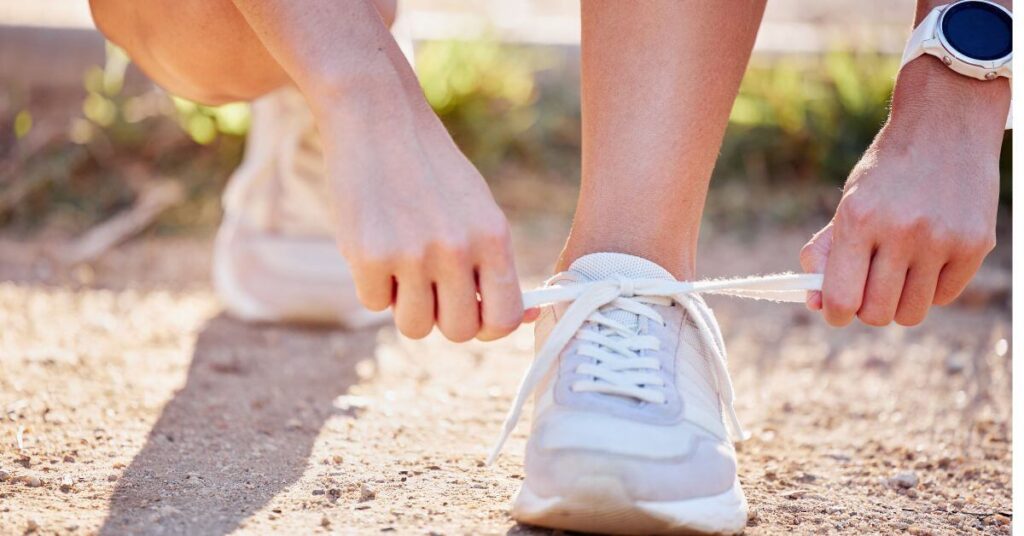
I could relate to this as an example where I suffered from foot pain and blisters which brought about changes in my running schedule. Since I learned of correct shoe-tying methods, everything changed drastically.
By changing how I lace my shoes, I managed to secure a close fit that ensures my feet stay comfortable and blister-free, which has made running even more enjoyable for me.
Proper lacing converted my runs from painful to pleasurable, demonstrating its significance to every runner out there.
How Can I Get the Right Tightness?
Choosing the right tightness of your running shoes is important for both comfort and performance. If too loose, you will have to deal with sliding feet; if too tight, there’s a possibility of blisters as well as discomfort.
This is how you can get it perfectly.
Toe Box Check
Start by making sure that there is enough room in the toe box. Try to have about a thumb’s width between your longest toe and the shoe end.
During running, toes need to splay naturally especially when going long distances or on varied terrains.
If you feel cramped at the toes then it means you need either a bigger size or a shoe with a wider toe box.
Secure Midfoot
The midfoot should be snug but not tight. It is an area that influences stability greatly. Ensure that the shoe arches match those of your foot so that they don’t slip while walking thereby improving your stride.
When you feel any pinching or discomfort then you could untie them if they’re tied too much or even try out some different lacing techniques such as runner’s loop where additional heel security is involved.
Adjusting for Swelling
Remember, feet may swell during runs, especially during warm weather conditions or long sessions.
Begin with a slightly loose fit and adjust tightness as you run. For instance, if your shoes become tighter, just take some time to loosen up the laces to reduce pressure from them instantly.
This flexibility ensures that your feet are always comfortable and secure while running.
Should I Change Laces for Different Runs?
Changing laces depending on different types of runs will significantly enhance both your comfort and performance levels. Different terrains and distances require unique support, and adjusting how one laces his/her shoes is an easy but efficient way of meeting these particular demands.
This is how you do it differently according to various running settings.
Trail Running
Trail running often involves uneven terrain, steep inclines, and unpredictable surfaces. Foot locking is critical in such situations to avoid slipping and balance. The heel lock is particularly beneficial for this technique.
It helps keep the heel in place, minimizing the chances of getting blisters and ensuring that your foot does not move excessively inside the shoe. By ensuring that your foot is stable you can spend more time focusing on moving along the trail rather than getting footing.
Additional Read: How to Clean Cloth Shoes White
Long-Distance Runs
For long-distance runs, you need a fit that can accommodate feet swelling over time. Start with a snug fit but make sure your big toe has enough space.
You might have to adjust your laces during the run so that they don’t become too tight due to swelling; it’s important to maintain comfort as well.
Consider using ladder lacing which allows for fine adjustments and less pressure on top of the foot especially when running marathon distances.
Speed Workouts
During speed workouts, you will be concentrating on quick movements hence it will be crucial to have a secure midfoot as well as heel that slides.
It could also involve other techniques like cross-lacing which offers additional support at the arch and distributes pressure evenly across, thus enabling more rapid push-offs without energy loss.
The method also achieves an improved grip enabling one’s shoe to remain in place in high-speed intervals.
Additional Read: How to Wear Orthotics in Running Shoes
How to Lace a Shoe Step by Step?
Comfort and performance can be greatly improved by properly lacing your shoes. Included is a guide outlining some of the preferred lacing techniques for different purposes.
Basic Criss-Cross Lacing
The basic crisscross lacing is simply effective for general use.
- Start at the Bottom: With both ends coming out on top, thread through the bottom eyelets downwards.
- Cross Over: Take the left lace over to the right side, insert it into the second eyelet, and pull it out. The same happens with the right lace heading towards the left side.
- Continue Upwards: Repeat this criss-cross pattern, threading each lace from outside until you reach the top eyelets.
- Tie the Knot: Complete with a secure bow to keep your shoes snugly fitted.
Runner’s Loop
It is perfect for runners as it prevents heel slippage and offers better stability.
- Lace Normally: Follow the Basic Criss Cross method up until the second last set of eyelets.
- Create Loops: On one side thread each lace straight up through an eyelet then tie off forming loops.
- Cross Through the Loops: Cross over lace ends and put them through opposite sides’ loops inside out or vice versa.
- Tighten and Tie: Drawlaces tight to lock your heel in place, then knot them tightly in a bow tied on top of that for security reasons
Window Lacing
This technique helps release pressure on the top of the foot particularly useful for individuals with high arches.
- Begin Normally: Commence using crisscross lacing style at first few holes starting on the end of shoe tongue till ankle end lacings are reached,
- Skip an Eyelet: If there is discomfort while wearing shoes at specific points avoid inserting laces across these places resulting in open spaces referred to as windows between two pairs of eyes,
- Resume Lacing: Continue on the above skipped area working up towards the upper part of the shoes.
- Finish and Tie: Continue lacing to the top, then tie the lace into a bow.
COMMON MISTAKES TO AVOID WHILE LACING.
The right way of tying your laces will not only allow you to walk comfortably but also prevent injuries and ensure that you achieve optimum performance. By understanding these mistakes people make when they are trying to lace their shoes, you can improve the fit and comfort of your shoes.
Lacing too tight
One frequent mistake is wearing very tight shoes. You may think that a snugly fitting shoe offers better support; however, over-tightening will restrict the flow of blood leading to discomfort or even numbness.
Why it’s a problem: Tight lacing can create pressure points and decrease circulation leading to foot pain and blisters. In severe cases, it might lead to long term foot problems.
How to avoid it: Make sure your shoe is just snug on your foot and doesn’t squeeze excessively. You should be able to place one finger between the shoe and heel while sitting down (Nielsen). Lace-up evenly from bottom to top without cranking it down too tightly.
Additional Read: How To Clean White Fabric Shoes
Ignoring pressure points
Another mistake is ignoring pressure points which could cause significant discomfort when wearing for an extended time.
Why it’s a problem: Pressure points may result in pain and injury over time, especially if they are on delicate parts like the tops of toes or near the toe crease.
How to avoid it: Take note of how your feet feel throughout the day in different types of footwear. Apply methods such as window lacing to reduce stress in certain areas. Also, one should not be afraid of making amendments in order get more ease out of them if need be.

Uneven lacing
When one side is tighter than the other or has been left looser during lace-up this leads to inconsistent fit in shoes).
Why it’s a problem: This causes shifting inside the shoe hence a higher chance of developing blisters as well as instability during activities such as running around the pitch for example.
How to avoid it: Start by ensuring that the lengths of your laces are equal when you begin lacing. As you lace up, make sure the tension is consistent on both sides. Regularly check and adjust as necessary to maintain an even fit.
FAQs on How Tight Should I Tie My Running Shoes?
What is the right level of tightness for my running shoes?
The shoes you wear for your run should fit around the middle and back of your foot, providing support without causing pain. They should be firm enough to ensure that your feet do not slide but at the same time allow natural movement and swelling that can occur during longer workouts.
Why should I not tie my shoes too tightly?
If you lace up your shoes too tightly you’ll create a situation where blood flow is restricted leading to discomfort or numbness. The condition will result in pressure points that induce blisters and other injuries on the feet or toes. Make sure you have laces that add extra support without cutting off blood flow or hurting you.
How do I know if my shoe is not tight enough?
One pointed characteristic is when your heel slips as you run while another one occurs when your foot slides forward in a shoe leading to blisters from friction and general instability. For best results, a well-fitting shoe would move minimally with respect to the foot.
Should I adjust the lacing for long runs?
Yes, if you’re going on longer runs loosen up a bit as this will give room for your feet to expand (swell). So whenever you feel like it, say after several miles, untie them so they can fit correctly once again especially since feet tend to get bigger while running; this could also involve skip-lacing methods useful over prolonged periods of time.
Can elastic laces be used in running shoes?
Yes, elastic laces are ideal because runners get a consistent fitting with adjustable snugness. By flexing along with one’s feet, these laces provide comfort alongside flexibility during activities like jogging. These are particularly useful during triathlons or any race event that emphasizes speed as well as convenience.
Wrapping Up
The key to comfortable running lies in finding out how tight or loose your shoes are tied. They can be snug enough to prevent slippage without affecting blood flow, or they could be so tight that cause discomfort and harm you.
On the contrary, overly spacious shoes may result in instability and blister formation. Make sure to expand your laces for longer runs due to swelling, as well as try out elastic or any other lacing methods that give a personalized feel of comfort.
Find what suits you best through trial and error so that each workout becomes more enjoyable and productive with time.

, your friendly shoe expert and fitness fan.


